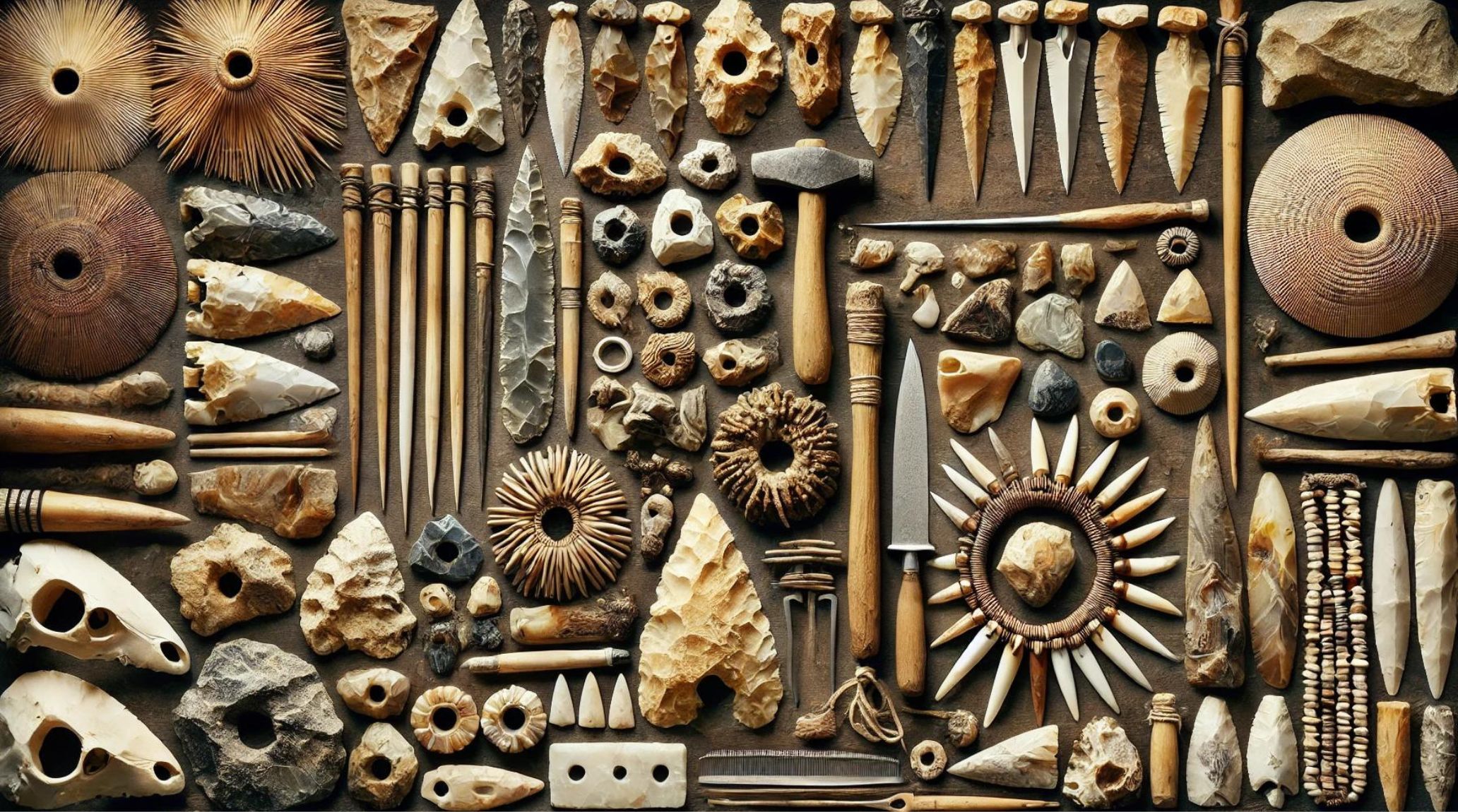
“
The Mesolithic Era, a pivotal period between the Paleolithic and Neolithic, was marked by significant advancements in tools and technology that transformed human survival. This article delves into 20 fascinating facts about Mesolithic tools and technology, showcasing how these advancements not only improved daily life but also laid the groundwork for future technological developments in human history.1
1
”
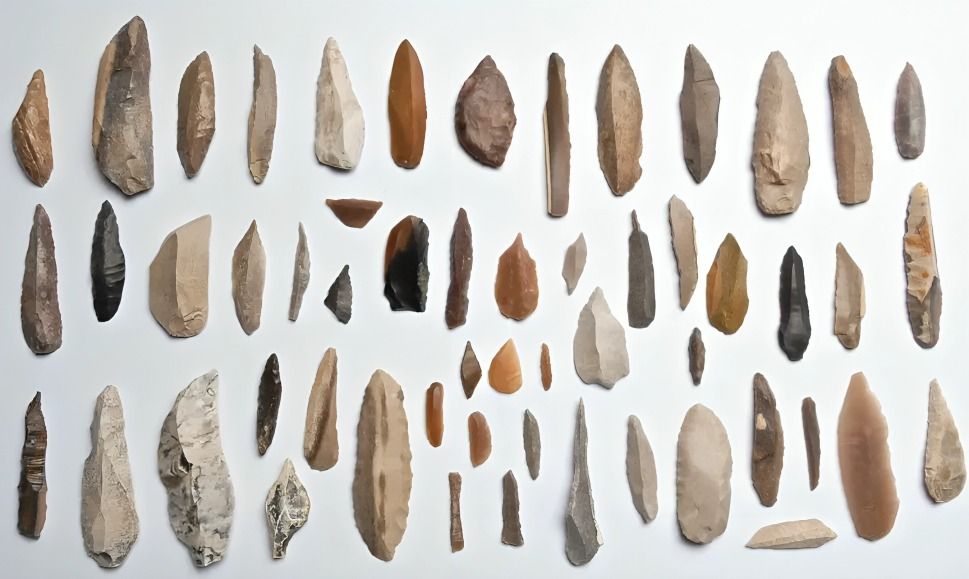
The Mesolithic Age is marked by advanced stone toolkits, moving beyond the simple pebble tools of the Palaeolithic era. These tools included serrated edges for chopping, as well as hand adzes, scrapers, cleavers, and pointed implements.
The onset of the Mesolithic era brought significant changes in tool-making, with people adopting microlithic technology for more advanced designs. This innovative approach enabled the creation of more versatile tools. 1
The Mesolithic era saw significant improvements in fishing technology, including the invention of fish traps and nets. These innovations allowed communities to exploit aquatic resources more effectively.2
The atlatl, or spear-thrower, emerged during the Mesolithic period, allowing hunters to launch spears with greater force and accuracy. This tool revolutionized hunting practices and increased the efficiency of capturing game. 3
The small, flint tools were commonly used to craft spears and arrows, enhancing hunting efficiency. By attaching microliths to wooden shafts, Mesolithic people created composite tools that improved their ability to capture game. 4
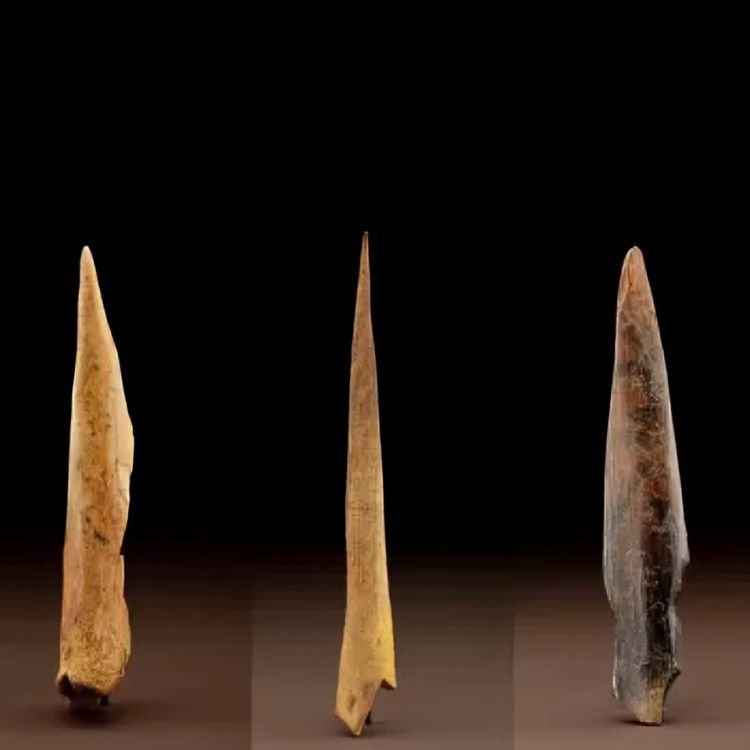
The pointed tools were essential for poking holes in animal hides, facilitating sewing and the creation of clothing and shelters. Their sharp tips allowed for precise puncturing, making them invaluable for various crafting tasks.
Used for preparing hides, wood, and other materials, scrapers played a vital role in processing resources. They enabled Mesolithic people to remove flesh and hair from animal skins, shaping wood for tools. 5
The transverse arrowhead, belonging to either the trapeze or trapezoid family, was utilized by Mesolithic people for hunting. This tool features steeply blunted sides and has a length from the cutting edge to the posterior border.6
Antler was commonly used to create tools like chisels and hammers during the Mesolithic. Its durability and workability made it an ideal material for various implements, showcasing resourcefulness in tool production. 7
The use of ground stone tools, such as axes and mortars, became prevalent in the Mesolithic era. These tools allowed for more efficient woodworking and food processing, indicating advancements in craftsmanship. 8
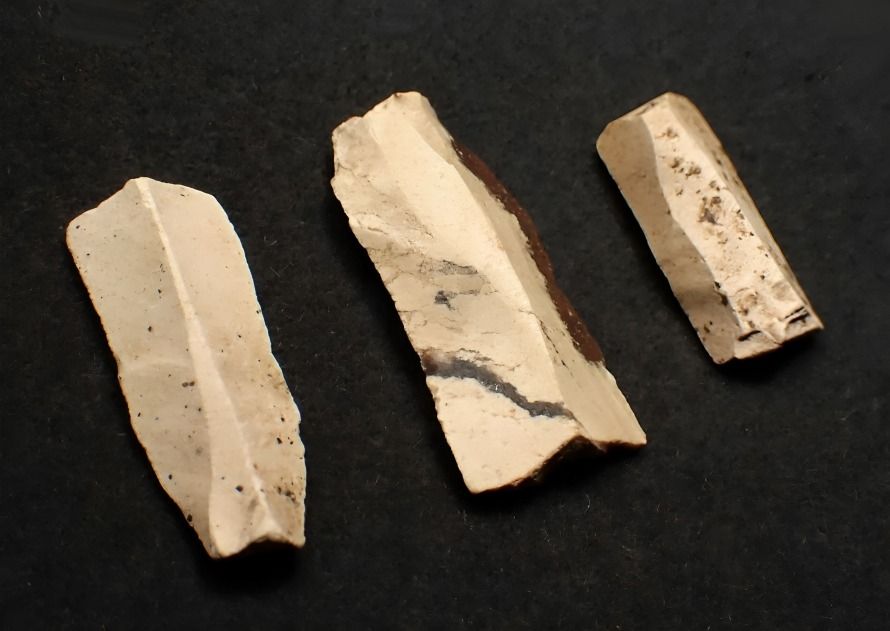
Micro denticulates are microblades with serrations along one edge, resembling a small saw. These tools are believed to have been used for processing plant fibers or cutting meat and are predominantly found at Early Mesolithic sites.
Axes and adzes from the Mesolithic period have been identified at various locations, characterized by the transverse removal of a tranchet flake from one face of the tip, creating a sharp cutting edge. 9
Micro-cores are commonly found at many Mesolithic sites, which can be categorized as either flake- or blade-cores. Flake cores typically lack facetted platforms and are struck from various points.10
Bone and antler tools, including axes and adzes, were crafted from antler (often from red deer) and featured sharp edges along with a smooth inner surface of the perforation. A rough shaft-hole is a common characteristic in almost all antler adzes. 11
Barbed bone points were designed with a straight form and a row of fine barbs along one side, except at the tip. These barbs were likely created through small incisions made with a sharp flint blade, flake, or possibly a burin. 12
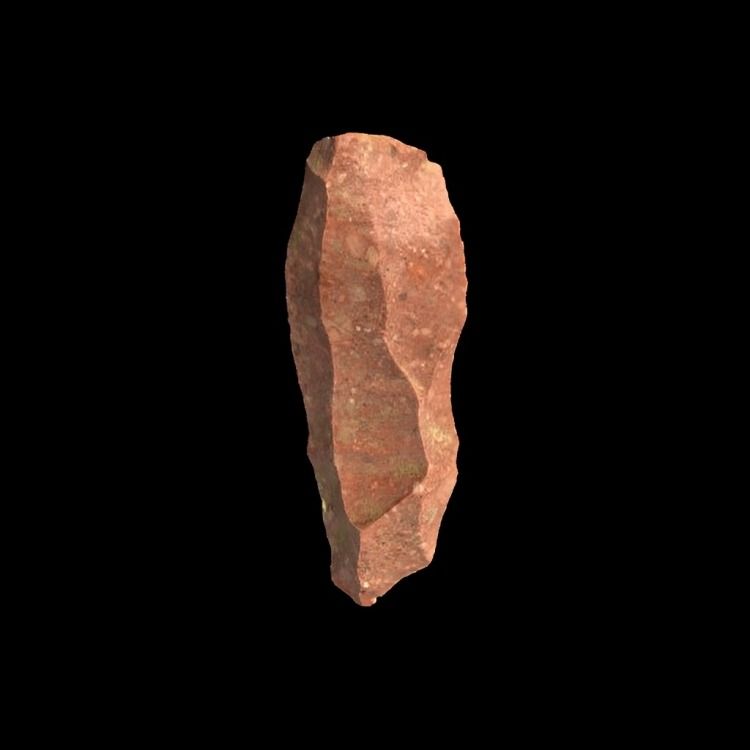
Knives and chisel blades were predominantly made from the large tusks of wild boar lower jaws at significant Maglemose settlements. Additionally, evidence indicates the use of frontal enamel from beaver incisors.
The transition from the Upper Paleolithic to the Mesolithic coincided with climate change, which influenced the types of tools used. As environments shifted, toolmakers adapted their designs to better suit new habitats and available resources. 13
The groove and splinter technique was used in the Mesolithic era to create bone tools, including harpoons and points. This method involves extracting a piece of antler from the tines, allowing craftsmen to shape it into various antler tools. 14
The microburin technique emerged as a significant advancement in tool-making, evolving from bipolar or flake-and-shatter technology. This innovation replaced the earlier Upper Paleolithic (EUP). 15
The technological advancements of the Mesolithic laid the groundwork for the transition to agriculture in the Neolithic era. Tools like sickles and grinding stones evolved from Mesolithic practices, reflecting an ongoing adaptation to changing lifestyles. 16


